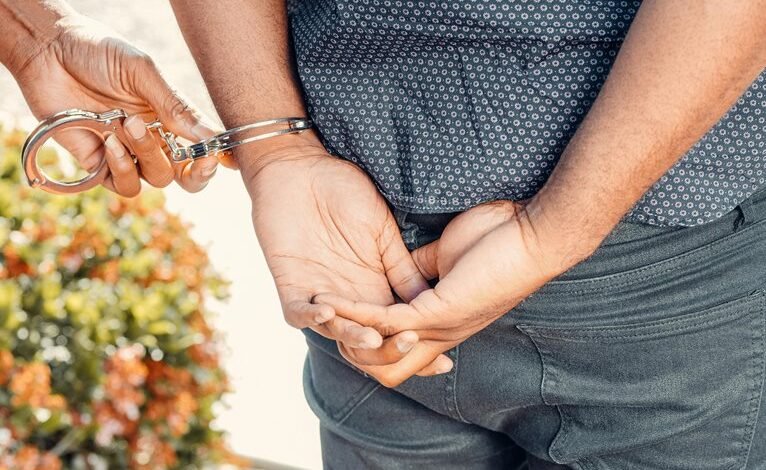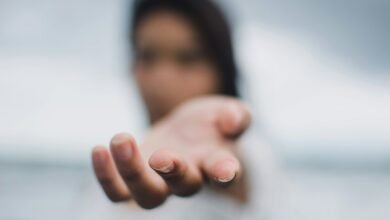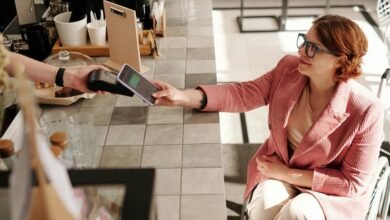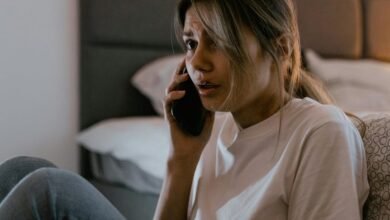Photoscompangante: O Papel das Imagens em Processos Judiciais

The use of visual evidence in the courtroom has transformed the judicial process. Images can clarify complex legal concepts and evoke emotional responses. However, this duality raises concerns about bias and misinterpretation. Jurors may be swayed by powerful imagery, which can compromise their objectivity. Understanding the balance between persuasive visuals and ethical implications is crucial. What remains to be explored is how this balance can be effectively maintained in pursuit of justice.
The Power of Visual Evidence in the Courtroom
Visual evidence holds significant influence in the courtroom, serving as a compelling tool that enhances the communication of facts and arguments.
This form of visual storytelling effectively engages jurors, shaping courtroom dynamics by providing a clear, compelling narrative. It transcends verbal limitations, allowing complex information to be conveyed succinctly, thereby reinforcing the credibility of claims and facilitating informed decision-making in legal contexts.
The Impact of Bias and Emotion in Judicial Imagery
How do biases and emotions shape the interpretation of judicial imagery?
Emotion-driven decisions often stem from visual stimuli, influencing jurors and judges alike.
Bias recognition becomes crucial in understanding how images can evoke particular feelings or perceptions, potentially skewing the judicial process.
Ethical Considerations in the Use of Photographs in Legal Proceedings
Although photographs can serve as powerful tools in legal proceedings, their ethical implications warrant careful consideration.
Issues such as privacy concerns arise when images are presented in court, potentially infringing on individuals’ rights. Furthermore, the authenticity and context of photographs must be scrutinized to prevent misleading interpretations.
Therefore, legal professionals must navigate these ethical dilemmas to uphold justice and protect personal freedoms.
Conclusion
In conclusion, the integration of visual evidence in the judicial process serves as a double-edged sword, illuminating the path to understanding while also casting shadows of bias and misinterpretation. Like a finely tuned scale, the courtroom must balance the persuasive power of imagery against the ethical implications it carries. Only by navigating this delicate equilibrium can the legal system uphold its commitment to justice, ensuring that the weight of evidence does not tip into the realm of undue influence.




